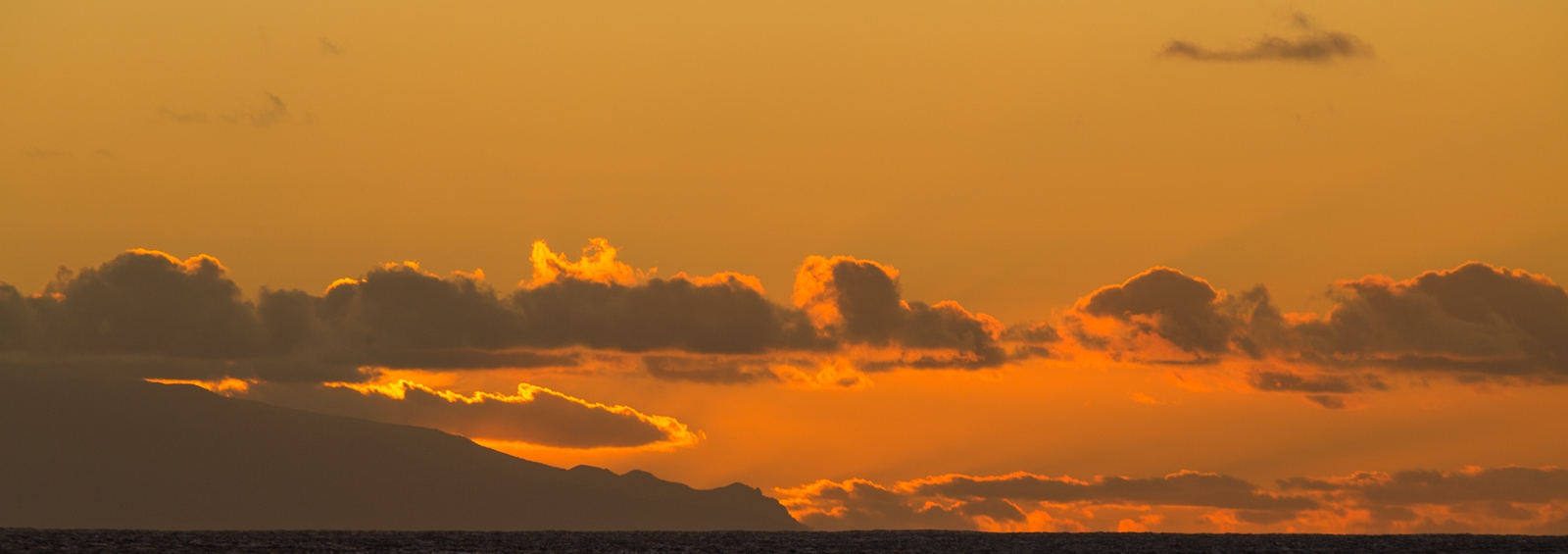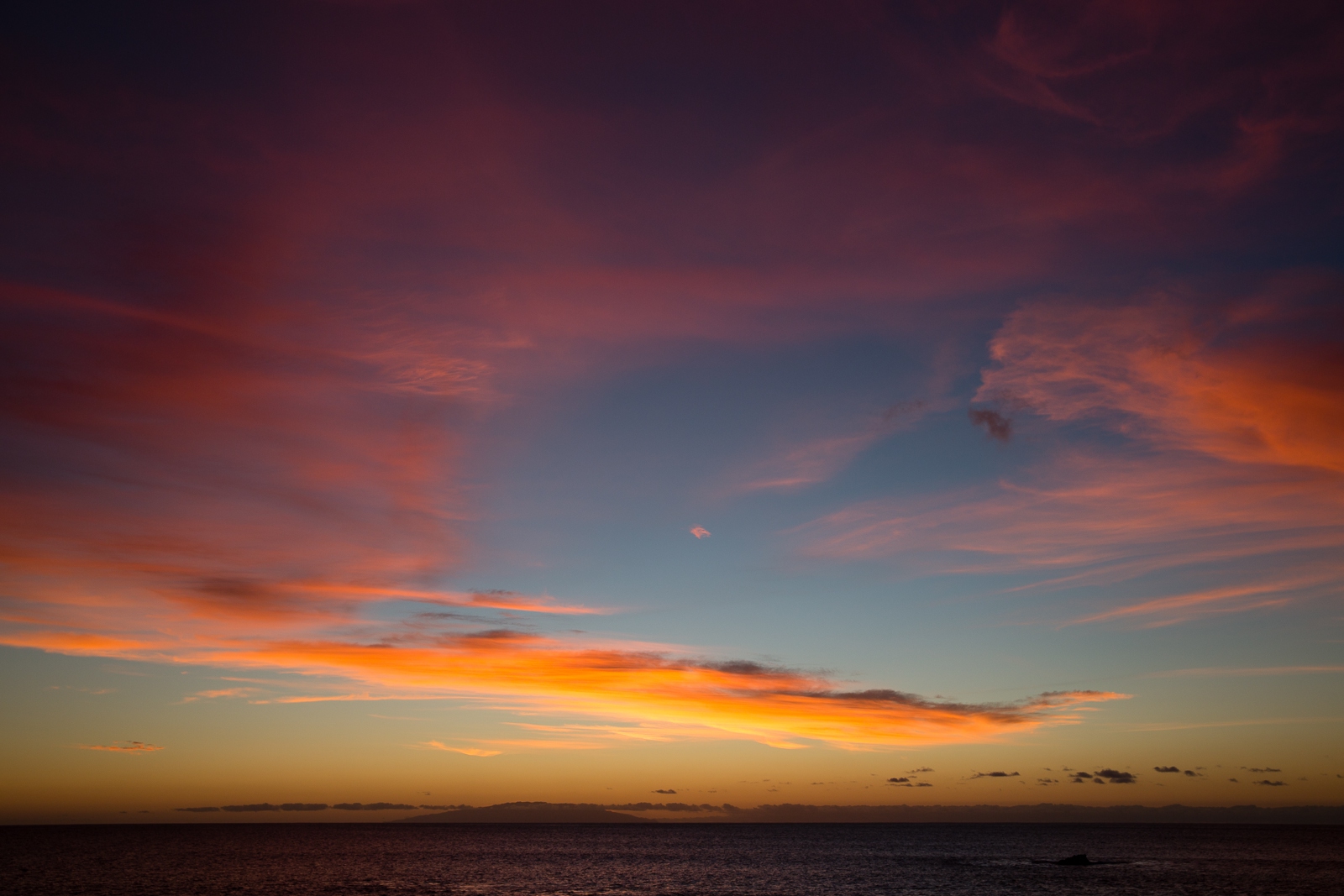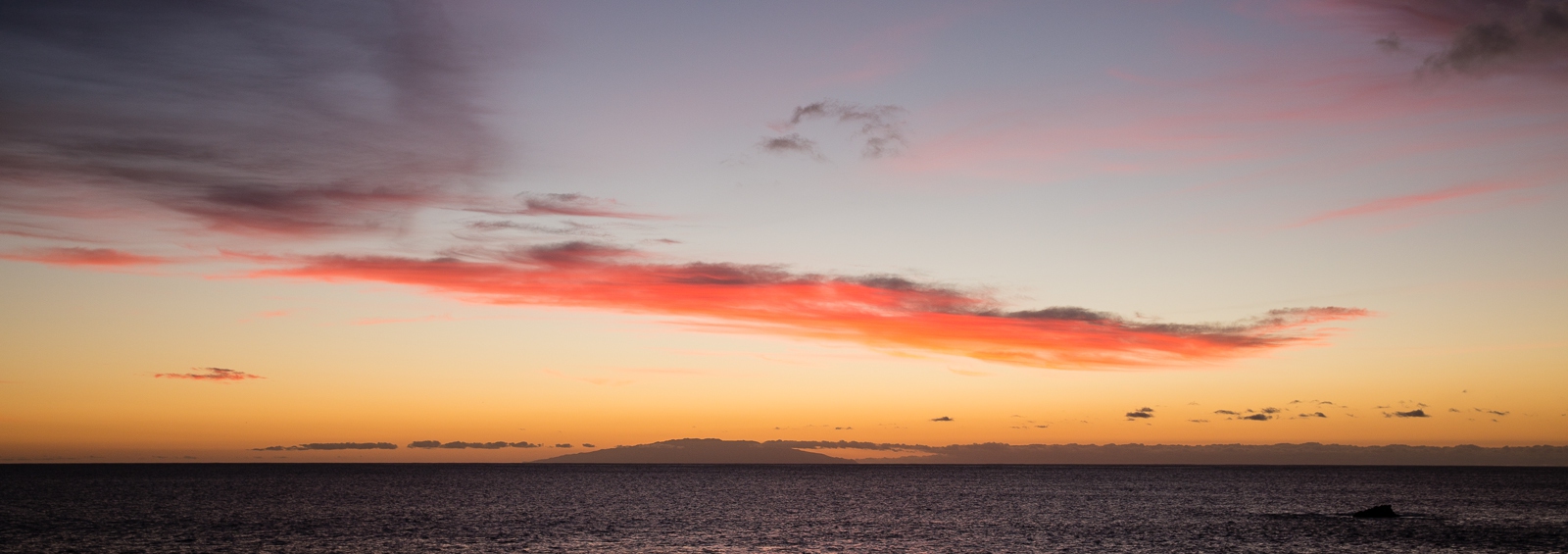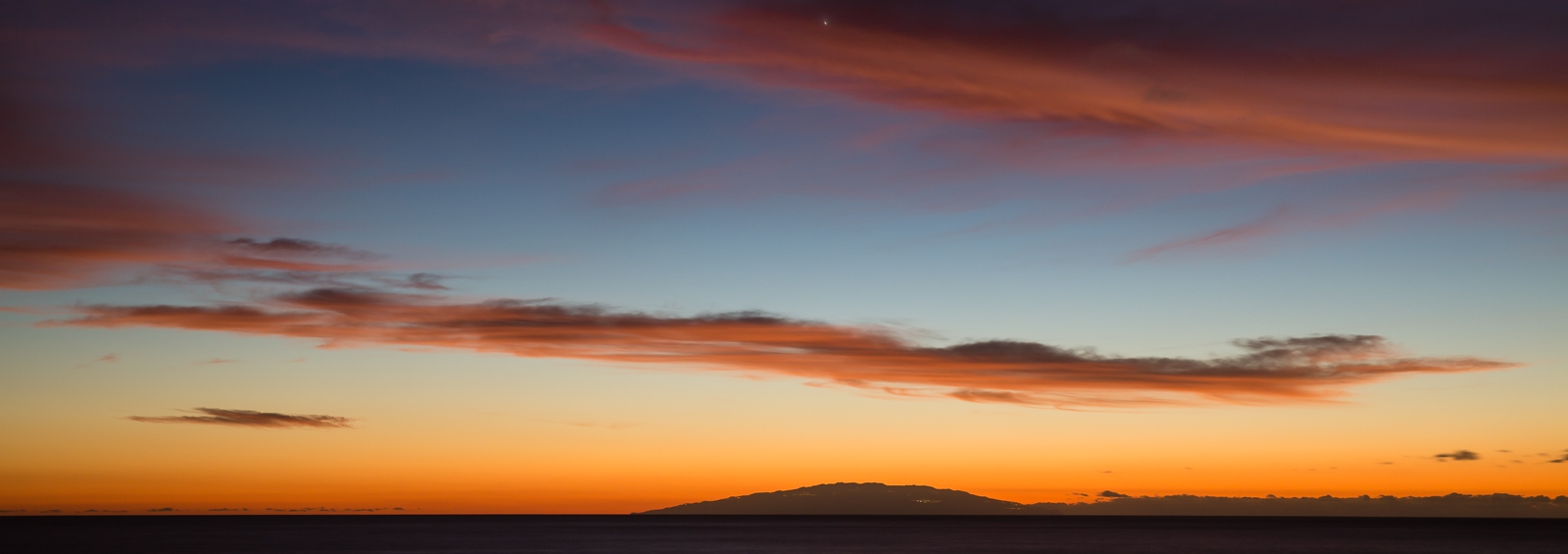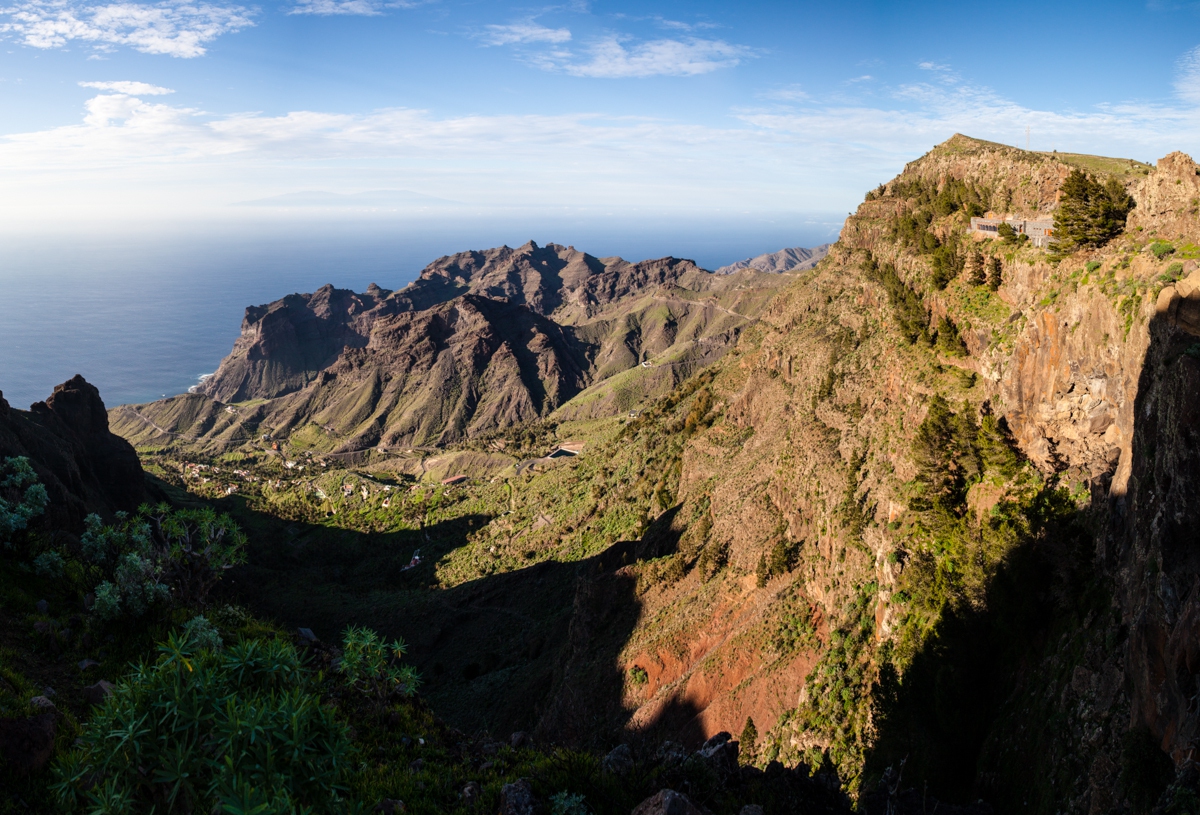In my previous post Casa Bencomo from 2010, I showed a set of images of the derelict traditional townhouse taken in 2006 and the start of the renovations in 2010. The renovations have now been completed, and the townhouse now houses San Sebatian’s tourist information as well as an exhibition of the history of the island.
When we walked into the restored building, our first impression was that the restorations had been done unsympathetically. However, when comparing the photos taken with those from the derelict courtyard in 2006 that evening, we realised that that judgement had been a bit rash. Granted, the property is fairly empty and a bit too sparsely furnished with a drab colour scheme compared to the look of an original inhabited townhouse. But a few large green plants in the empty pots would go a long way to make the courtyard look less bare.
Please have a close look at the two photos above taken in January with the three photos of the derelict court yard taken in 2006 below. These clearly show that a lot of the original features, especially the woodwork and balcony, have been very well restored. The main differences are that the original three storey East side has been converted in two storeys with less windows, and there is a well that was not visible under the rubble in 2006.
